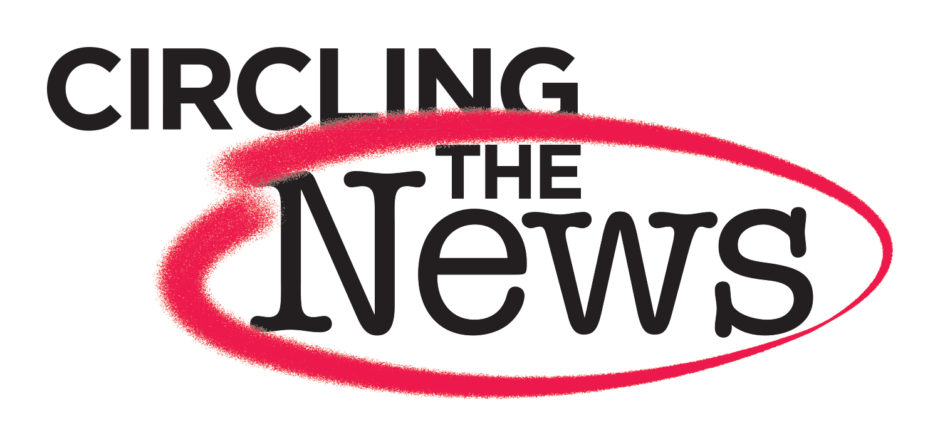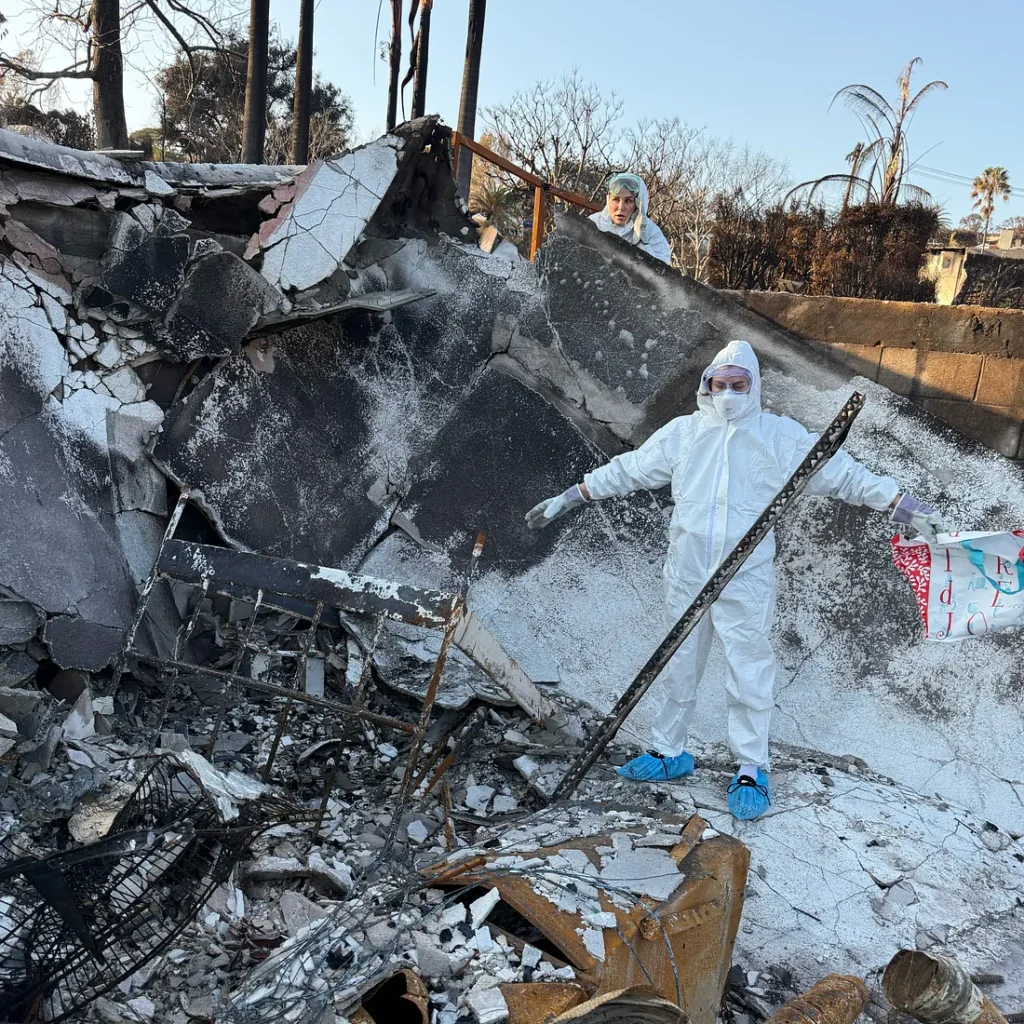
Even though the Los Angeles Housing Services Agency is well funded, they want to use FEMA fire money for the homeless that live on the streets.
With Hundreds of Millions in Local Funding, Why Does LAHSA Need FEMA?
(Editor’s note: This story first appeared in the Westside Current and is reprinted with permission.)
By ANGELA MCGREGOR
On January 21, in the wake of the LA Firestorm which had started two weeks earlier, the Los Angeles Homeless Services Authority and FEMA held an event at the LAHSA’s Welcome Navigation Center, at 45th and Broadway in South Los Angeles.
The 24,000-square-foot facility opened in July of last year and costs $5.6 million per year to operate. According to LAHSA’s press release, the two agencies had partnered to “help unhoused wildfire victims,” totaling 45 persons who received FEMA assistance.
But according to LAHSA’s own numbers, in 2024 there were far fewer than 45 unhoused people living in the areas impacted by the fires. And it’s unclear why the agency, which is set to begin receiving hundreds of millions of dollars in Measure A tax revenue in April, needs FEMA’s assistance in providing basic services what its CEO calls “our eligible people.”
FEMA’s media relations specialist is quoted in the release as saying, “We are proud to partner with LAHSA at this unique opportunity to support LA’s unhoused community.”
During the event, LAHSA and FEMA provided “approximately two hours of assistance per applicant. Applicants will receive a response from FEMA over the next few weeks.” LA DOT assisted with “getting participants to the event,” which was 14 miles from both the Palisades and Altadena.
The Current reached out to both FEMA and LAHSA for an explanation of how, exactly, an unhoused person would qualify as a victim of the fires. LAHSA informed us that “FEMA encouraged LAHSA to help people experiencing homelessness affected by the fires apply for federal aid because all people affected by the fires are eligible to apply.”
LAHSA worked with providers, the American Red Cross and HUD Disaster Technical Assistance and utilized its own outreach teams to contact people experiencing homelessness who were affected by the fires. Regarding eligibility, LAHSA told us that “FEMA sets its own standards and qualifications for the federal aid it administers.”
FEMA responded that they issued a press release regarding their support for the unhoused community. That release, posted two days after the event, states that “FEMA Assistance is available to disaster survivors, the unhoused or those residing in non-traditional housing, such as a tent or lean-to type of home before the disaster [sic].”
According to FEMA, this assistance includes medical aid, short-term rentals and help with childcare.
To prove residency in the fire zone, FEMA accepts “various documentation that places the applicant at the address at the time of the disaster,” but if that documentation (such as an ID or DMV registration) is not available, FEMA will accept “a statement from a public official, member of tribal council, homeless outreach advocate, etc.”
One year ago, according to LAHSA’s 2024 homeless count, there were just 16 unsheltered homeless persons residing in the Palisades, and three makeshift shelters. Sharon Kilbride, a member of the Pacific Palisades Homelessness Task Force, told us that at the time of the fire there were about “15 [homeless persons] that didn’t want housing once we cleared our hillsides.” The PPHTF has its own outreach workers, who, in conjunction with The People Concern, comb the hillsides and beaches on a twice-weekly basis for encampments, offering temporary shelter to those who accept it.
In the areas of Altadena devastated by the Eaton Fire, the number of encampments counted in 2024 was even fewer than in the Palisades. Census Tract 43.01 – the area west of Lake Avenue where 17 people lost their lives — reported just one encampment. The adjacent tract, 4602, also reported just 1 tent, with just two homeless individuals. In fact, none of the eight census tracts in Altadena contained more than one or two encampments last year.
Another question raised by this event is why LAHSA, with an annual budget of $857 million, needed FEMA’s assistance to offer services to 45 individuals.
As Sharon Kilbride told us, according to her contacts at The People Concern, in the two weeks following the fires, they “were readily getting the vouchers from LAHSA for motels for folks.”
This would appear to indicate that LAHSA had plenty of resources, including temporary housing, for any unhoused person who needed it after the fire. According to a January 14 LAHSA press release, “On January 13, 15 outreach teams deployed in 30 high-danger areas to engage people experiencing homelessness. The teams contacted people living outdoors and in RVs near fields to provide educational materials on fire safety and meals and offered motel vouchers and beds at LAHSA’s Welcome Navigation Center.”
The release stated that they had distributed 645 motel vouchers all over the city since the fire. In contrast with FEMA aid, recipients of these rooms and services acquired them immediately, without having to go through a two-hour application process and weeks of waiting to hear back.
Finally, there are the political optics. The Federal Emergency Management Agency has billions to spend on disaster relief in California, but inaccurate social media posts to the contrary have left disaster victims who lost homes anxious about whether aid can and will be distributed, as have threats from the President to withhold aid to our state unless policy changes go into effect. In light of the current political climate, it would appear that any evidence of impropriety with FEMA funds could be a threat.
Unlike LAHSA’s 45 chosen beneficiaries, disaster victims who lost homes in the fire have to endure a rigorous application process that includes a site visit and income verification. Some have discovered during this process that they are victims of identity theft; others, with generous friends who set up GoFundMe sites on their behalf have discovered those donations may jeopardize their ability to qualify for FEMA funds.
In March of last year, County Supervisor Lindsay Horvath stated that the citizens of Los Angeles County should “stop the finger pointing” when it comes to LAHSA because, in her words, “LAHSA is not somebody else, it is us.” For disaster victims who are not among what LAHSA’s CEO termed “our eligible people” in the press release, FEMA’s Disaster Recovery Center is located at 10850 W. Pico Blvd., and is opened Monday-Sunday, 9 am-8 pm.

